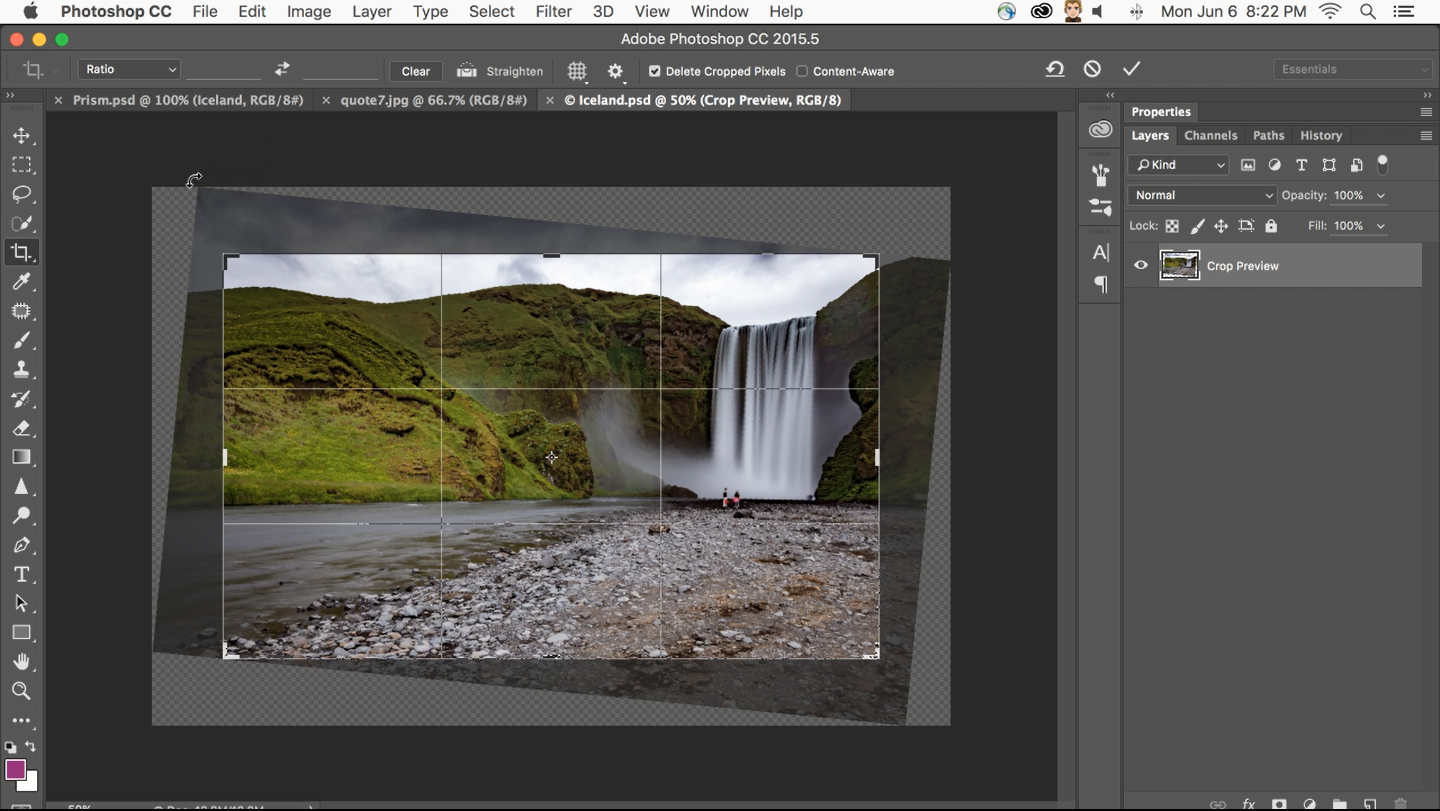

- #BULK CROP AND SAVE ADOBE LIGHTTABLE PDF#
- #BULK CROP AND SAVE ADOBE LIGHTTABLE MANUAL#
- #BULK CROP AND SAVE ADOBE LIGHTTABLE DOWNLOAD#
Do File | Save As Template and choose a suitable name.įor subsequent images the template can be used instead: Load a picture from the 360° camera, then do File | Apply Template and select the template created above.Open the panorama editor (Control+E on Windows, Command+E on mac) and check the result.The result should be ‘good’ (otherwise you’ve probably misplaced a control point somewhere) Optimize the project (menu Project -> Optimize).Avoid placing control points on objects close to the camera since these will suffer from parallax. Often this will find control points automatically. It can be helpful to use the Generate Control Points Here function: Shift+drag to create a rectangle, right-click in the rectangle and choose Generate Control Points here. Just click once on a point in image 1, then once on the same point in image 2. Image 1 is the leftmost or topmost circular image Image 2 is the right hand or bottom one. Go to the Control Points tab and add a few control points.

PTGui will automatically load the same image twice. It’s best to use a photo taken outside, with no objects close to the camera, to prevent parallax.
#BULK CROP AND SAVE ADOBE LIGHTTABLE MANUAL#
You only need to perform manual alignment once for each camera, the result can be stored in a template and re-used. This is due to small differences between individual cameras of the same type, resulting in different small offsets of the image circles. While this already results in a roughly stitched image, the images still need to be aligned for perfect stitching. If an image from such a camera is loaded into PTGui, PTGui will actually add the same image to the project twice, with different cropping circles and masks, positioned at -90 and +90 degrees yaw. PTGui supports several of these cameras, including the Samsung Gear 360, Xiaomi Mijia Mi Sphere, Yi 360 VR and Ricoh Theta Z1. Several single shot 360° panoramic cameras exist, producing a single image containing two circular fisheye images side by side. How can I stitch images taken with a 360° one shot camera in PTGui?
#BULK CROP AND SAVE ADOBE LIGHTTABLE DOWNLOAD#
You don’t need a separate download of the template.Ħ.43. We sadly do not have the money for a THETA Z1īecause we just bought a DJI Mavic Air drone 1100$ in sek =10 175.2925 Swedish kronor Many mistake this and do mess up the stitching. You have to mark the Control points in the overlapped arias only Remember the images are 1 and 2 number 2 are a copy

Yes on (Xaomi MiSphere camera) and the (Garmin Virb 360 camera) the image and copys are horizontal but the Raw files from (Insta36 ONE X) they are Vertical When you set the control points, the images are horizontal and you select the left sphere in image 1 and the right sphere in image 2? To be able to get a good precise batch stitch on hundreds of images We have to crop the images do to small differences in the camera hardware No it is the two images when we mowed the building to the center! Why are you looking at this screen? To verify the stitch line? Not necessarily i think the THETA Z1 are quite good in level! Oh, do I need to straighten the image with the mouse? Please share this tip if you found it useful.Oh, do I need to straighten the image with the mouse Photoshop will go off and do all the hard work for you, producing new files based on your layers. This is important for colour-managed workflows. Select the Include ICC Profile option if you want the working space profile embedded in the exported file.Let’s say you wanted to save the layers as JPEGs, as I did in this example, you can then set quality options as necessary. Choose a file format from the File Type menu.Turn off visibility for layers that you don’t want to be exported. Use this option if you don’t want all the layers exported. If you only want to save visible layers, check the Visible Layers Only option.If you don’t type something in here, Photoshop tends to put in quite a long-winded version of the PSD filename appended to the layer name. Type a name in the File Name Prefix text box to specify a common name for the files.By default, the generated files will just go into the same folder as the source file. In the Export Layers To Files dialog box, under Destination, click Browse to choose where you want to save your files.Choose File > Scripts > Export Layers To Files.It’s a good idea to name your layers with a descriptive name.I recently used this method to output 26 layers for an ABC book I illustrated, this is how you can do it: Photoshop will automatically name each file based on the layer name and you can set up options to control the name generation.
#BULK CROP AND SAVE ADOBE LIGHTTABLE PDF#
There are a pile of formats you can save your layers in – JPEG, TIFF, PDF and PSD to name a few. This can be a massive time-saver if you’ve created layers in Photoshop and want to save each layer as its own image file.


 0 kommentar(er)
0 kommentar(er)
